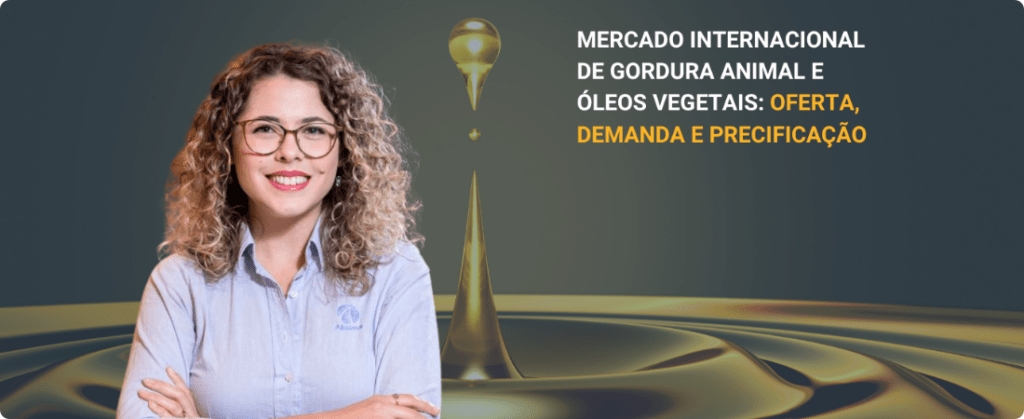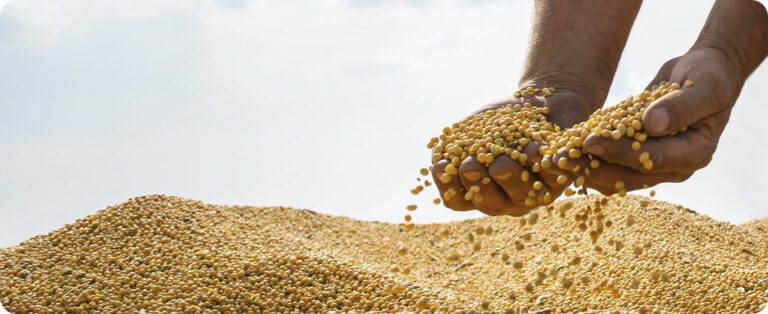
Renowned experts from the olive oil market gathered for a round table, an event that precedes the World Olive Oil Exhibition, on February 23rd. Among the participants were our expert Laura Pereira, José Ángel Olivero from LIPSA, Jose Antonio Diaz Tavora and Juan Vilar to discuss the current situation of the oil and fats market, their commercialization, potential substitutes and future forecasts.
In principle, the consumption of olive oil in Latin America is carried out together with other oils, especially in developing countries such as Brazil, where the practice of olive oil is common. blend, mixing olive oil with more accessible oils, such as soy. Laura highlighted that changes in the price or availability of olive oil lead to significant changes in the proportions used in these blends.
Furthermore, one of the main topics discussed was the production crisis in Spain, the world's largest producer of olive oil. Spain, responsible for half of global production, faces its second consecutive record-breaking harvest. The lack of rain has severely impacted crop yields. olive trees.
The scarcity of olive oil on the market and the challenges of manual farming, without significant government support for modernization, have led to a reduction in supply and an increase in prices. This, in turn, causes a decrease in global demand as many buyers are unable to afford the high costs. Furthermore, traditionally exporting countries, such as Spain, become importers to meet domestic demand, significantly changing the global trade scenario.
The prospects for the future of this market are uncertain and depend on a series of factors, including weather conditions and changes in consumption patterns.












